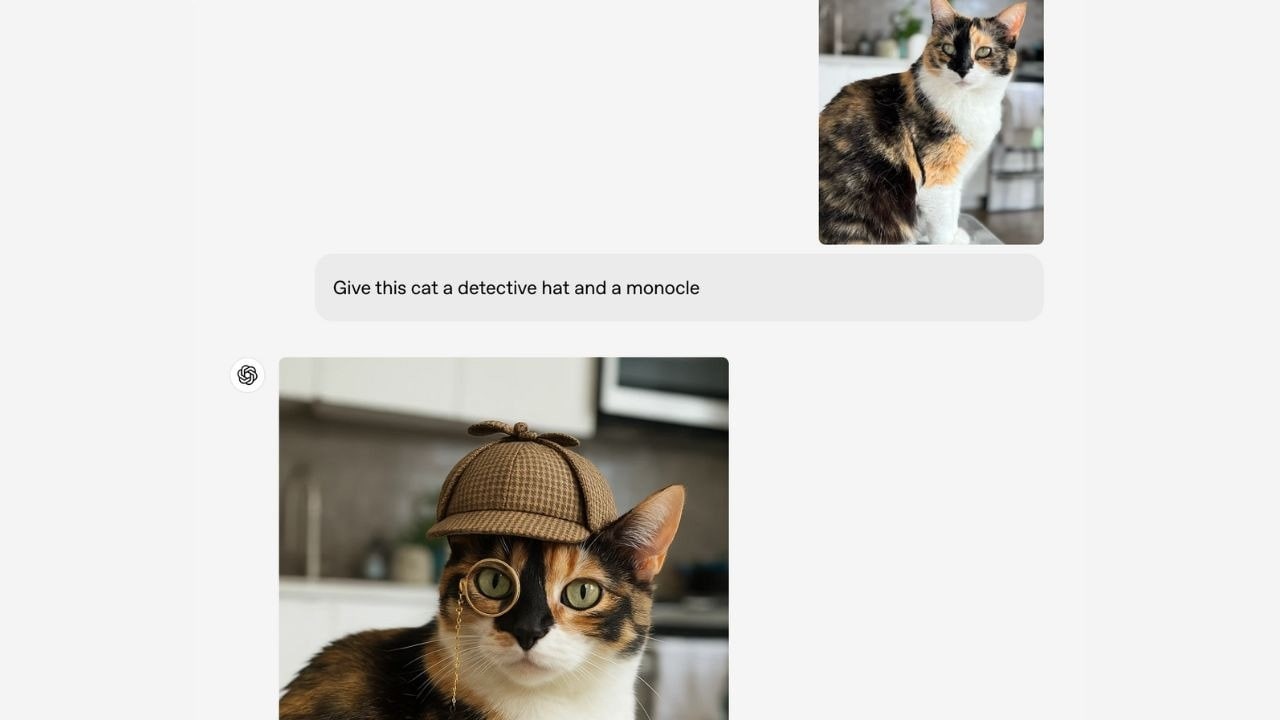
OpenAI's latest image generation feature has sparked both amazement and controversy across the creative community, particularly for its ability to replicate Studio Ghibli's distinctive animation style with startling accuracy.
The new tool, introduced as part of GPT-4o, allows users to create photorealistic images through text prompts. When users began sharing AI-generated artwork mimicking Studio Ghibli's beloved aesthetic, the results were so convincing that many mistook them for authentic hand-drawn animations.
While OpenAI CEO Sam Altman celebrated the moment by updating his social media profile with a Ghibli-style AI portrait, the artistic community voiced strong opposition. Professional artists and creators criticized the technology as exploitation, pointing out that OpenAI appears to be profiting from replicating artistic styles without permission or compensation.
The situation highlights a complex legal landscape around AI and creative rights. Japan, where Studio Ghibli operates, stands alone among major economies in allowing AI models to train on copyrighted material without creator consent. This creates a challenging position for artists seeking to protect their work.
Current copyright laws offer limited protection for artistic style itself. While specific characters or logos can be trademarked, the broader elements that make up Studio Ghibli's signature look - such as their distinctive approach to landscapes and magical realism - remain legally unprotected.
OpenAI claims to have implemented safeguards preventing the tool from imitating living artists' styles. However, these protections don't extend to studios or deceased creators, leaving companies like Studio Ghibli vulnerable to AI replication.
The controversy echoes Studio Ghibli co-founder Hayao Miyazaki's previous criticism of AI animation. In 2016, he expressed strong disapproval of AI-generated content, describing it as disconnected from genuine human experience.
As AI technology advances, the debate raises fundamental questions about creativity, authenticity, and the future relationship between human artists and machine-generated content. The industry now faces mounting pressure to establish clear boundaries between artistic inspiration and digital replication.
The outcome of this controversy could set precedents for how creative rights are protected in an era where AI can increasingly match and mirror human artistic expression.